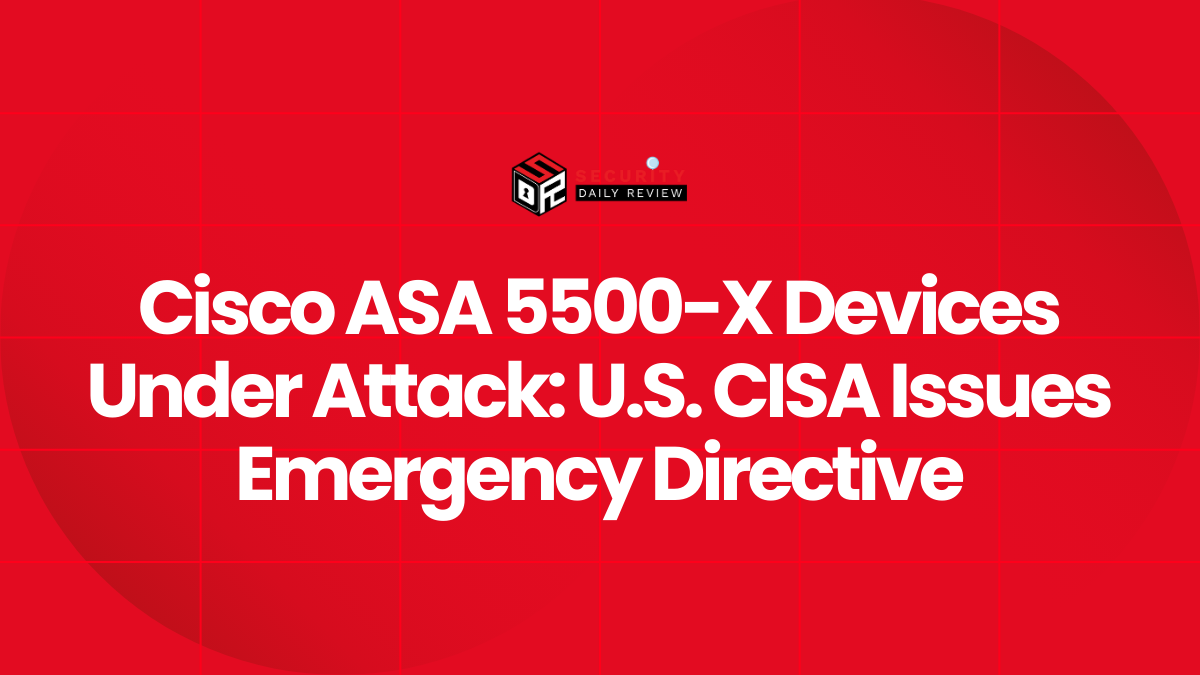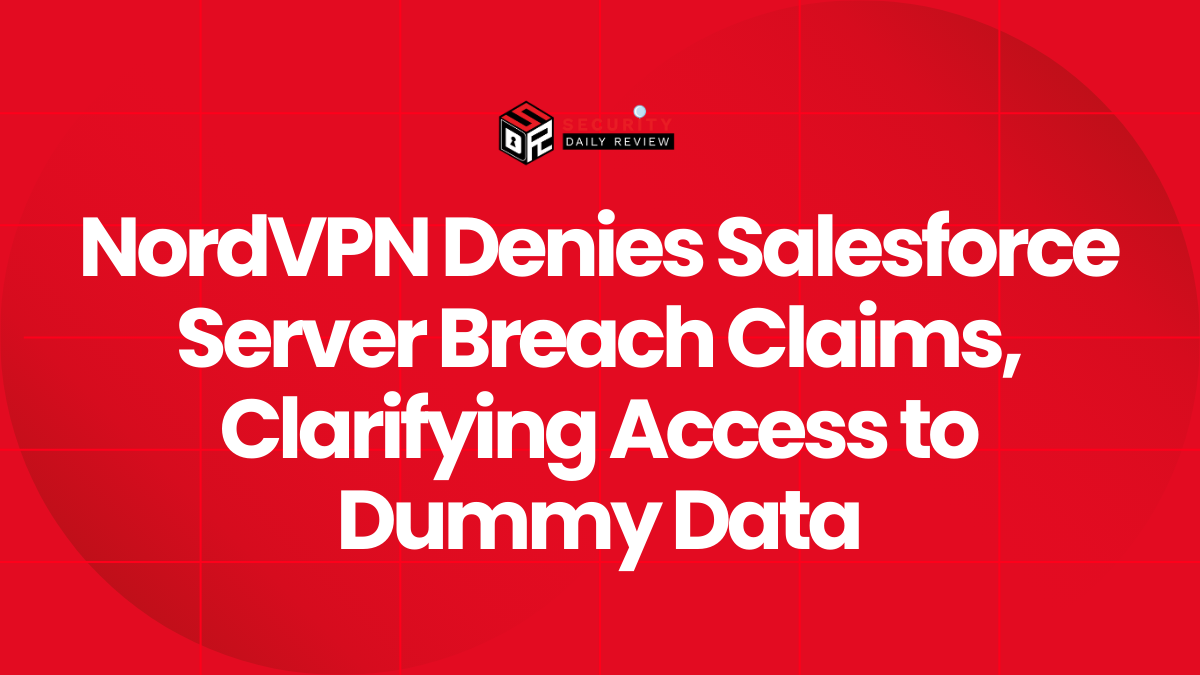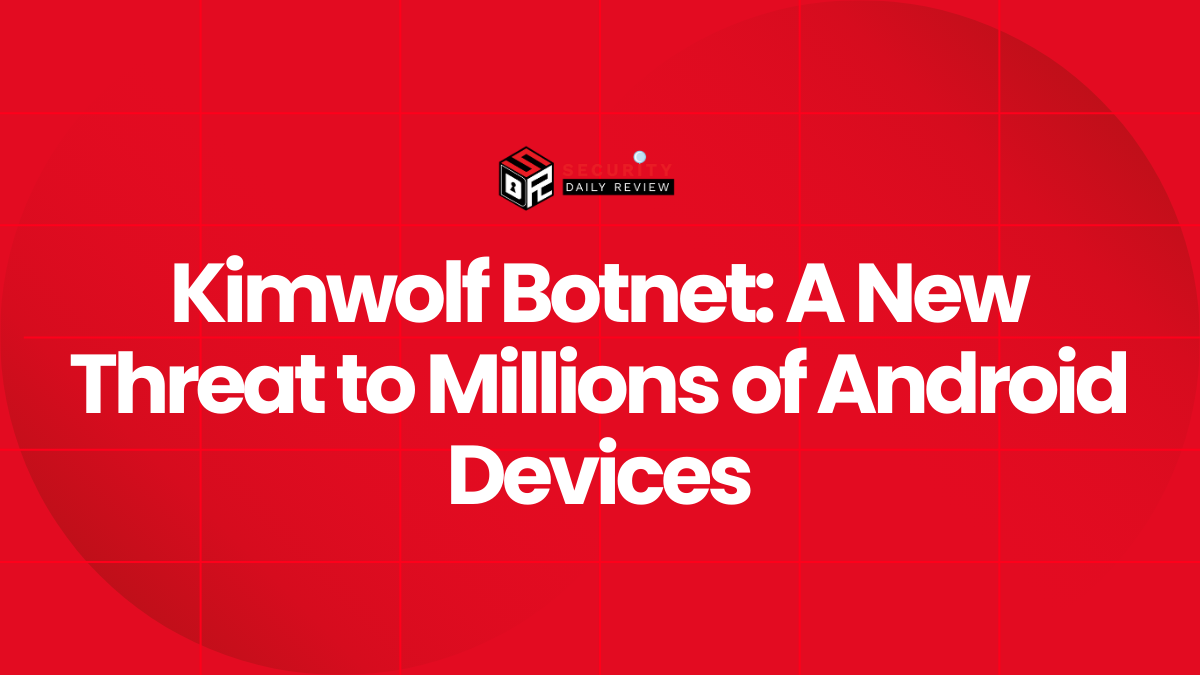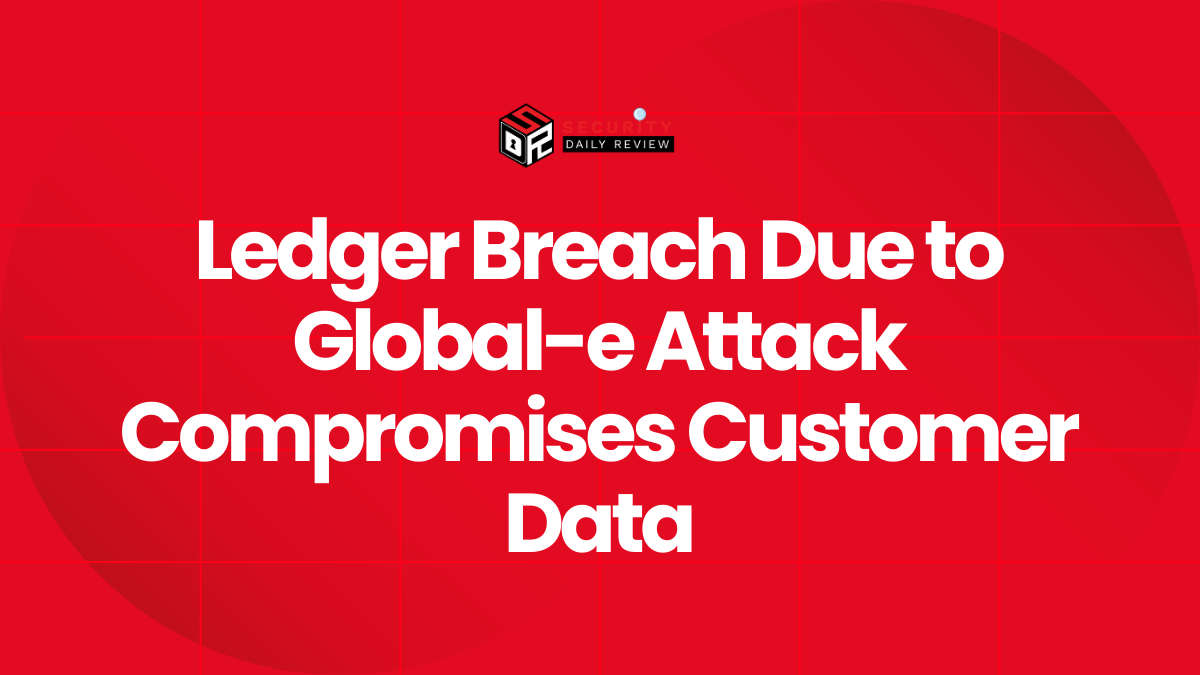A critical cybersecurity incident has prompted the U.S. Cybersecurity and Infrastructure Security Agency (CISA) to issue an emergency directive aimed at containing an ongoing global campaign targeting Cisco Adaptive Security Appliance (ASA) 5500-X Series security devices. The directive, issued on September 25, 2025, highlights vulnerabilities that affect key network infrastructure components and underscores a persistent threat landscape affecting edge-facing Cisco devices. Multiple vulnerabilities with varying severities have been reported across international cybersecurity advisories, and active exploitation is confirmed.
U.S. Federal Agencies Ordered to Audit and Secure Cisco ASA Devices
CISA Sounds Alarm Over Critical Infrastructure Risk
CISA has mandated all federal civilian executive branch (FCEB) agencies to rapidly assess their environments for affected Cisco ASA 5500-X firewalls and apply patches or mitigations as specified by Cisco. This emergency directive responds to what CISA described as a “sophisticated cyberattack campaign” directed at network edge devices, which are inherently high-value targets due to their exposure and function.
Compounding concerns is the nature of the attack chain, which leverages security flaws in systems that are often deployed at the most critical boundaries of enterprise and government networks. Cisco has attributed these attacks to a previously disclosed cyberespionage campaign known as “ArcaneDoor.” Third-party researchers have linked it to Chinese state-sponsored actors, though China has officially denied involvement.
Global Impact and Confirmed Exploitation of Multiple Critical Vulnerabilities
ACSC and Cisco Confirm Remote Code Execution Risk
The Australian Cyber Security Centre (ACSC) mirrored the urgency from U.S. authorities, issuing its own advisory on September 26, 2025, warning about multiple vulnerabilities in Cisco ASA devices running ASA Software or Firepower Threat Defense (FTD) software. Three vulnerabilities are of immediate concern:
- CVE-2025-20333 : Allows an authenticated, remote attacker to execute arbitrary code via the VPN web server.
- CVE-2025-20363 : Permits code execution through the web services of Cisco ASA and various IOS software platforms; unauthenticated access is possible in some conditions.
- CVE-2025-20362 : Enables unauthenticated attackers to reach restricted endpoints in the VPN web server interface.
Cisco has confirmed that these vulnerabilities are under active global exploitation. The ACSC has advised all organizations using these devices to follow Cisco’s remediation steps, which include patching to recommended software versions and detailed forensic checks.
Cisco ASA Series: A History of Security Flaws in Network Edge Devices
Recurring Vulnerabilities Pose Long-Term Security Risks
While the current wave of exploitation is fresh, Cisco ASA 5500 and 5500-X devices are no strangers to critical vulnerabilities. Over the past decade, multiple advisories have addressed serious security concerns in these appliances. Highlights include:
- 2014 Advisory (CVE-2014-2126 to CVE-2014-2129) :
– Privilege escalation through the Adaptive Security Device Manager (ASDM) and VPN portals. – Authentication bypass on SSL VPN pages. – Denial of service (DoS) in the SIP inspection engine.
- 2015 Advisory :
– A high-availability (HA) failover command injection vulnerability that allowed an authenticated attacker to run arbitrary commands when failover IPsec was enabled.
- 2011 Advisory :
– TACACS+ authentication bypass affecting VPN access and administrative sessions. – Denial of service via MSN IM inspection vulnerability, causing devices to reload unexpectedly.
The repeated discovery of vulnerabilities sheds light on the inherent complexity and high attack surface of multifunction security appliances, especially those positioned at the network perimeter.
Strategic Implications for CISOs and Network Security Teams
Edge Device Security Requires Continuous Vigilance and Rapid Patching
The exposure stemming from these ASA 5500-X vulnerabilities highlights enduring challenges for CISOs and enterprise network teams:
- Edge device visibility : Proper asset inventories are critical. Any ASA or FTD device running potentially affected firmware must be identified without delay.
- Timely patch management : Organizations must integrate Cisco’s security advisories into their routine patch cycles and consider proactive mitigation measures when patches are delayed.
- Monitoring for exploitation : With confirmed active attacks in the wild, SOC teams should prioritize monitoring traffic to and from ASA appliances, particularly VPN and web service interfaces.
- Hardening configurations : Beyond patching, unnecessary services and interfaces should be disabled, authentication mechanisms hardened, and firewall rules revisited.
Government and enterprise sectors alike are urged to treat this threat as a top priority. The inherent trust placed in security appliances means their compromise can cascade across broader infrastructure, including VPN-enabled remote access, firewall policies, and site-to-site communications.
Cisco Recommends Immediate Action and Provides Remediation Steps
Cisco has released detailed guidance for detection and mitigation. Affected customers are strongly encouraged to:
- Apply software updates as detailed in Cisco’s advisories.
- Conduct forensic reviews for indicators of compromise related to ArcaneDoor and associated vulnerabilities.
- Harden exposed admin and VPN interfaces to reduce risk of exploitation, particularly from unauthenticated remote users.
In conclusion, the confluence of critical vulnerabilities, confirmed exploitation, and high-value placement of Cisco ASA 5500-X devices creates a pressing operational and security issue on a global scale. Both state-sponsored and opportunistic threat actors are expected to continue targeting these devices as long as unpatched systems remain accessible. For defenders, the message is clear: visibility, patch hygiene, and configuration hardening are non-optional.









